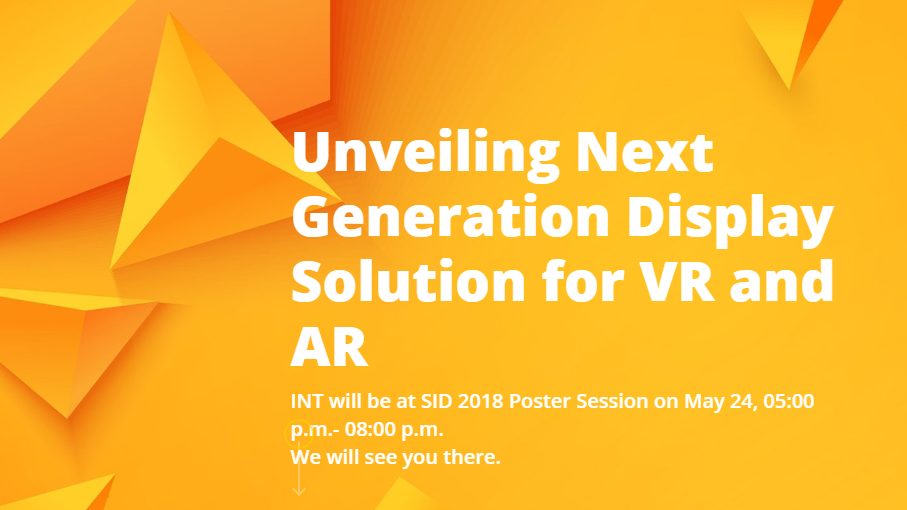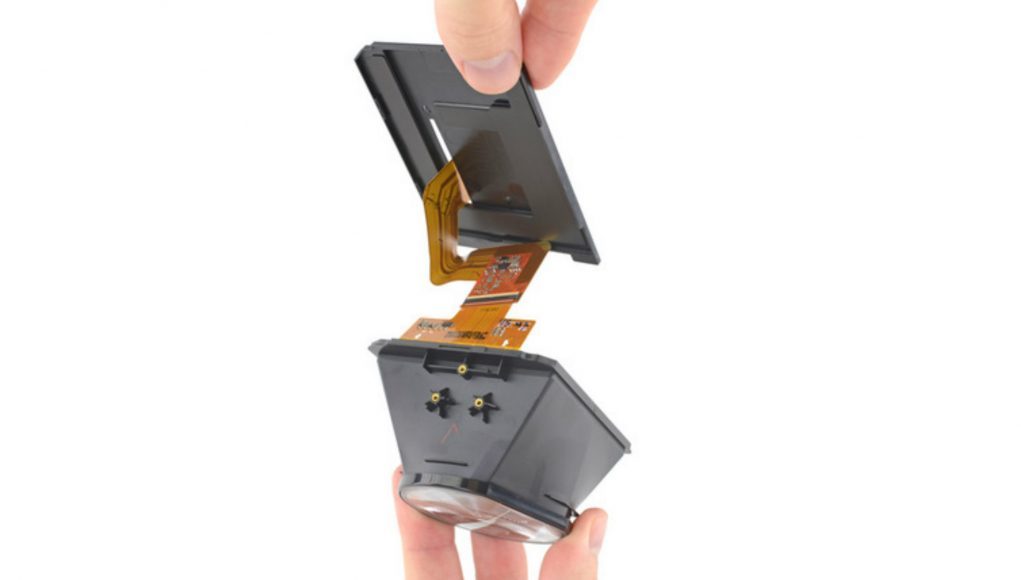When we saw the news that JDI, the Japanese display conglomerate founded by Sony, Toshiba and Hitachi, were developing a 1001ppi LCD display for VR headsets, it was clear that the race for ever-higher pixel densities was still alive and well. Now, we learn INT, a Taiwan-based display design firm, is developing a 2228 ppi AMOLED specifically designed for VR headsets.
Announced in a fairly sparse press release, not much is known about the company’s 2228 ppi AMOLED, which is built on a glass substrate. INT hasn’t provided any specs outside of the display’s pixel density and the fact that it’s an on-glass AMOLED.
High pixel densities are necessary to reduce screen door effect – the visible lines between pixels, which when magnified by VR lenses, become much more apparent. To boot, the company says the glass–based display “is much more economical and can be made in larger size, thus improve FOV significantly.”

Because INT hasn’t detailed the size of the panel, it’s impossible to say where it fits on the spectrum of VR hardware. It could be a ~3 inch panel that would essentially replace standard displays like you find in the Oculus Rift or HTC Vive, or an incredibly small microdisplay destined to function in headsets such as Varjo’s ‘bionic display’, which uses two displays per eye—a standard resolution ‘context display’ and a much smaller, but higher ppi ‘focus display’ that is mirrored to the fovea region of the eye and synced via eye-tracking to essentially increase the perceived overall resolution.
Considering however the company says it can be produced in a larger size format, we’re hopeful that means it’s possible to manufacture a more wide-reaching standard display size.
For comparison, both the Vive and Rift use a pair of 1080 × 1200 displays with a ppi of ~456. Currently the market leaders in pixel density are Samsung Odyssey and HTC Vive Pro, both with the same Samsung-built panel at ~615 ppi. So the new INT display should have around a 390% higher ppi than Rift/Vive, and around 260% more than HTC Vive Pro/Samsung Odyssey—a staggering increase that would likely require foveated rendering, a technique that displays a VR scene at the center of the user’s photo-receptor-dense fovea, and at its highest resolution.
The image below (from JDI) demonstrates the dramatic increase in acuity that can be had from such high-pixel-dense displays.

Dubbing it UHPD (Ultra High Pixel Density), INT is slated to show off their display at the Poster Session of the upcoming SID Display Week, which takes place May 22 – 24 in Los Angeles, CA.
Both JDI and Google are presenting high-pixel-density displays at SID Display Week, with Google showing their 1443ppi OLED on-glass display there as well. We’ll certainly be reporting on whatever comes out of it, so check back then.







